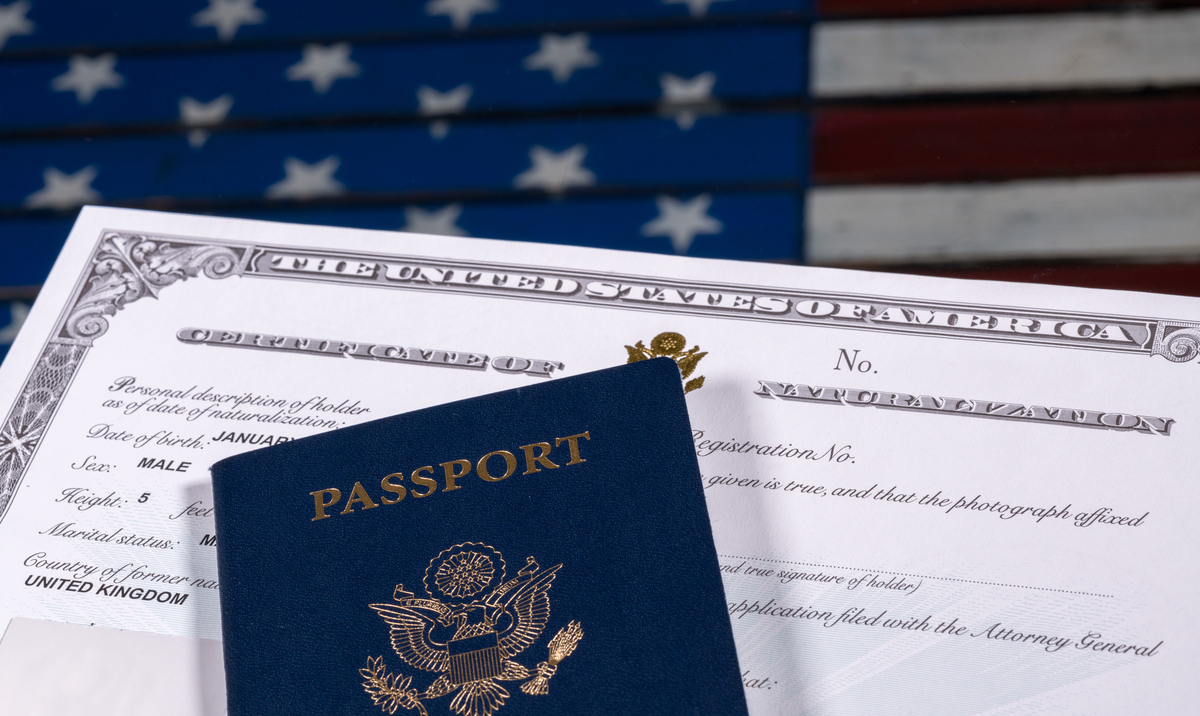
by Jessi Castro
Becoming a United States citizen is complex. However, for those who are interested in business and entrepreneurship, the EB-5 visa may of valuable consideration. The fifth preference category visa is not a well-known pathway to citizenship. Even for experienced immigration attorney Rachel Lew, EB-5 inquiries make up only a small percentage of her vast clientele.[1]For many individuals, including myself, this is the first you will hear of the visa.
Immigration laws provide for different types of business visas. They come from the “E” visa category, with different levels of preferences, ranging 1-5. The fifth preference category visa, the E-5, requires that an investor, or group of investors, create at least ten U.S. jobs by investing in a new enterprise.[2] The minimum required investment is $1 million, but may be reduced down to $500,000. This investment could be as simple as contracting 10 U.S. workers to design and construct a million dollar home in the United States. The E category business visa allows the investor to apply for permanent resident status, and eventually citizenship.[3]
In 1992, Congress created the Immigrant Investor Pilot Program in response to decreased influx of E-5 applications. The pilot program allows investors who invest $500,000 into a USCIS-designated regional center to apply for permanent residency and eventually citizenship.[4] A regional center is a business that develops and creates jobs on behalf of the investor. No longer does the investor need to come up with a business plan themselves, ten new jobs, or the full $1 million, like they did before the pilot program. All the investor needs to do is apply his or her $500k to this center and ensure the business remains in compliance with immigration requirements.[5]
For the EB-5 visa, USCIS places a condition on the investor’s permanent residency prior to them receiving their green card. The condition requires that at the end of two years, the investor be able to show that the investment was made and ten jobs were created. These conditions have been created in order to eliminate the possibility of fraud committed for citizenship.[6]
The EB-5 visa is fairly straightforward, but still complex. The most difficult area on the application is showing proof of funds.[7]Oftentimes investors cannot prove where their $500,000 came from. People could have received money as a gift from parents, as an inheritance, or other legal means. Attorney Lew stated that, for example, immigrants from China have a hard time showing proof of funds because people do not file tax returns in China. As you can see, depending on the investors and their financial practices, having proof that the $500,000 was legally attained may be a difficult obstacle to overcome.[8]
The EB-5 visa is a sophisticated process, requiring expertise and experience for success. Knowing what I know now, I look forward to doing further research and the possibility of interaction with the visa that may come in my future practice.
[1] Telephone Interview with Attorney Rachel Lew, (Dec. 4, 2013).
[2] Weissbrodt and Danielson, Immigration Law and Procedure in a nut shell, 156 (2011).
[3] Id.
[4] EB-5 Immigrant Investor, (last visited Dec. 5, 2013) http://www.uscis.gov/working-united-states/permanent-workers/employment-based-immigration-fifth-preference-eb-5/eb-5-immigrant-investor.
[5] Danielson, Immigration Law and Practice, 157.
[6] EB-5 Immigrant Investor, www.uscis.gov.
[7] Telephone Interview with Attorney Rachel Lew.
[8] Telephone Interview with Attorney Rachel Lew.






